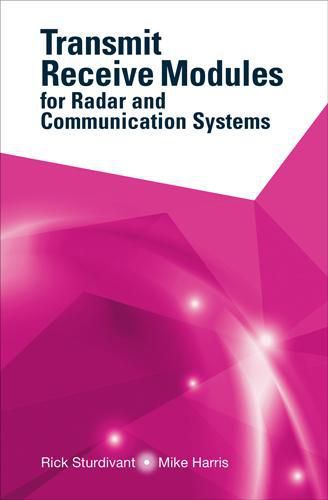Readings Newsletter
Become a Readings Member to make your shopping experience even easier.
Sign in or sign up for free!
You’re not far away from qualifying for FREE standard shipping within Australia
You’ve qualified for FREE standard shipping within Australia
The cart is loading…






The use of electronically scanned phased arrays is increasing in systems such as radar, wireless networks, and satellite ground terminals. An important and necessary component for these systems is the transmit receive (T/R) module, which provides the amplification and electronic beam steering that is required for proper function. This new resource presents a comprehensive overview of all design, fabrication, integration, and implementation issues associated with T/R modules for radar and communications. This book provides engineers and researchers with practical designs and 44 examples of analysis, circuits, and components used in T/R modules. It also provides a solid explanation of the theory for how T/R modules operate and how they can be optimized. In addition, this book shows how the latest technical advances in silicon germanium (SiGe) and gallium nitride (GaN) are allowing levels of performance that were previously unachievable. The book concludes with informative chapters on testing, cost considerations, and the future of next generation T/R modules.
$9.00 standard shipping within Australia
FREE standard shipping within Australia for orders over $100.00
Express & International shipping calculated at checkout
The use of electronically scanned phased arrays is increasing in systems such as radar, wireless networks, and satellite ground terminals. An important and necessary component for these systems is the transmit receive (T/R) module, which provides the amplification and electronic beam steering that is required for proper function. This new resource presents a comprehensive overview of all design, fabrication, integration, and implementation issues associated with T/R modules for radar and communications. This book provides engineers and researchers with practical designs and 44 examples of analysis, circuits, and components used in T/R modules. It also provides a solid explanation of the theory for how T/R modules operate and how they can be optimized. In addition, this book shows how the latest technical advances in silicon germanium (SiGe) and gallium nitride (GaN) are allowing levels of performance that were previously unachievable. The book concludes with informative chapters on testing, cost considerations, and the future of next generation T/R modules.